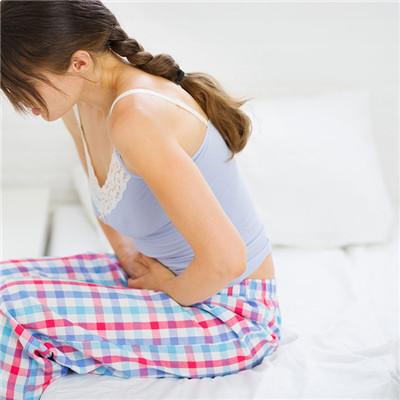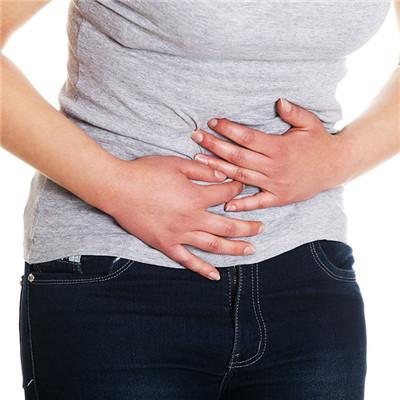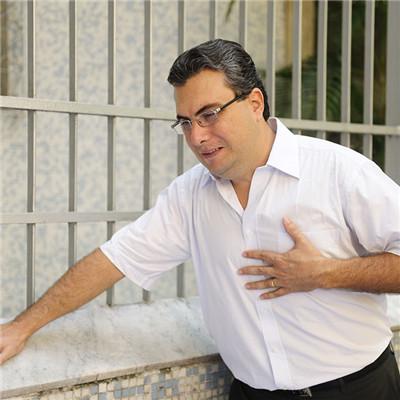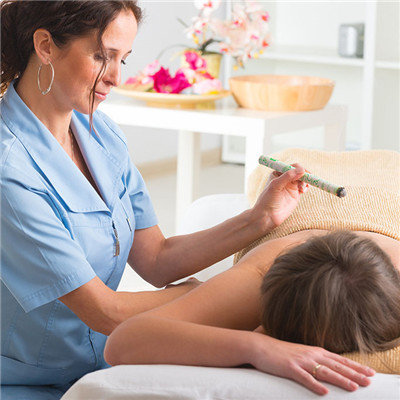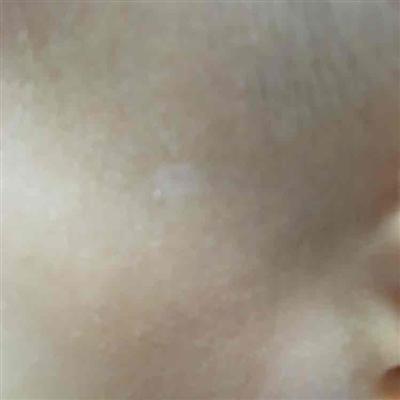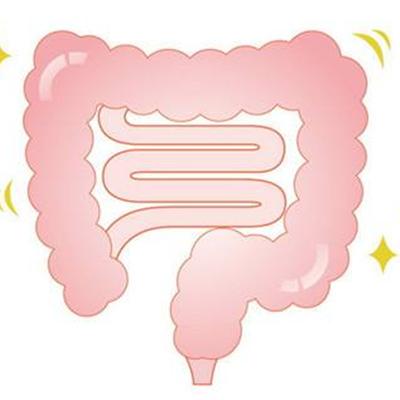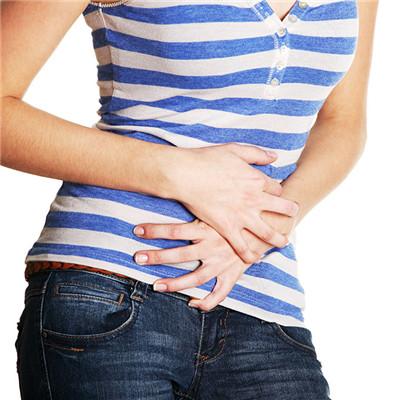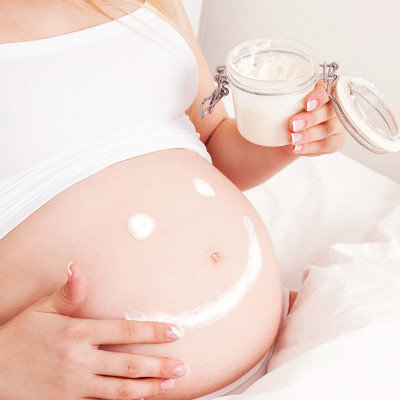Symptoms of bronchopneumonia?
summary
When you have a cold or flu symptoms, you may just have a broken throat or feel exhausted at first, and then you may keep blowing your nose while watching TV with a paper towel. But when it comes to bronchitis and pneumonia, it is difficult to distinguish between pneumonia and bronchitis. How to distinguish them is a big problem. Symptoms of bronchopneumonia? Next, I'd like to share my views with you.
Symptoms of bronchopneumonia?
The onset of systemic symptoms is sudden or slow, and the sudden onset includes fever, vomiting, irritability and asthma. The symptoms of upper respiratory tract infection may be mild several days before the onset of the disease. The type of fever is uncertain, mostly irregular fever, or flaccid fever or missed fever. In the early stage, the body temperature ranged from 38 ℃ to 39 ℃ or as high as 40 ℃,
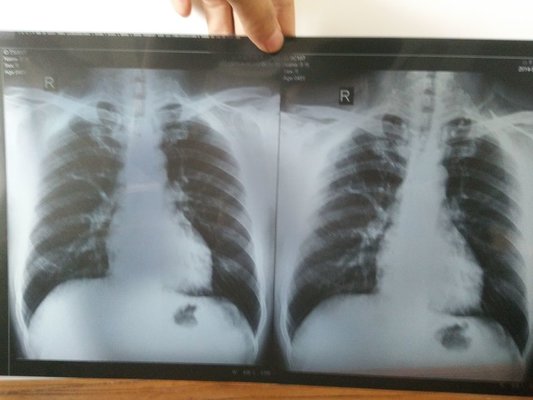
Most of them are flaccid or irregular fever. Newborns may not have fever or temperature rise. Most of the weak infants have slow onset and low fever. Cough and lung signs are not obvious. Choking, vomiting or dyspnea are common. Sometimes choking is very obvious, and it can overflow from the nostril when feeding. Axillary temperature > 38.5 ℃ with three concave signs, especially chest wall inspiratory depression and rapid breathing (except for crying and fever) should be considered as serious.

Cough and pharyngeal sputum are usually obvious in the early stage. The early stage is dry cough, the extreme stage cough may reduce, the recovery stage cough increases, has the phlegm. Newborns and premature infants may have no cough, but only foaming at the mouth. Shortness of breath mostly occurs after fever and cough, with superficial breathing and faster respiratory rate (60 times / min in 2 months, 50 times / min in 2-12 months, 40 times / min in 1-5 years, 30 times / min in 5 years). Severe cases groan and cyanosis may occur during breathing, and the proportion of respiration and pulse increases from 1:4 to 1:2.

matters needing attention
1. The room temperature should be about 20 ℃ and the humidity should be 60%. 2. Give enough vitamin and protein, drink water frequently and eat a few times. Keep the respiratory tract unobstructed, timely remove the upper respiratory tract secretions, often change the position, reduce pulmonary congestion, in order to facilitate the absorption of inflammation and sputum discharge.


